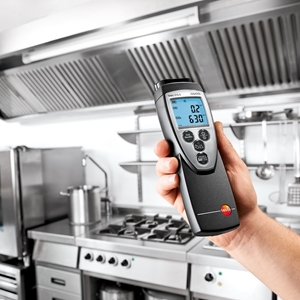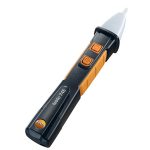A recent incident at Australian Premium Dried Fruits has highlighted the importance of detecting and managing carbon monoxide levels in the workplace.
According to the accident report, carbon monoxide levels were raised because of gas-powered forklifts being operated in close proximity to other workers in a confined environment. Four workers suffered from poisoning as a result of the incident, and reported headaches and nausea before being taken to hospital.
As carbon monoxide is a colourless,odourless gas, it is almost impossible to detect without the correct equipment. The nonirritating gas is the most common cause of poisoning in the industry and is a constant threat to worker safety.
If this incident wasn’t managed carefully, the result could have been a lot worse. Carbon Monoxide poisoning can lead to drowsiness as well as impaired judgement – which is deadly when operating high powered machinery. It can also result in collapse, coma and in worse cases, death.
While the workers in this case were lucky to escape without major injury, Mike Maynard, Australian Premium Dried Fruits chief executive told ABC News his company would be reviewing polices and considering replacing gas-powered forklifts with electric versions.
“We’re just thankful that everybody’s come out of it because the potential was there with that build-up of gas and there was nothing to indicate what was going on until it affected those employees, so it was concerning,” he said.
The South Australia government has issued a document, Preventing Carbon Monoxide Poisoning, reminding industry of their occupational safety and health obligations to workers.
“Carbon monoxide, particularly from LPG-powered forklift trucks occurs frequently with little or no warning. Every workplace should be assessed for potential carbon monoxide hazards and definitive corrective measures must be applied whenever a risk can be identified,” the document read.
As well as this, industry needs to consider instruments such as the testo 315-3 CO and CO2 Detector which can detect dangerous gas levels in the workplace. Through optical and audible alarms, industry leaders can take necessary steps to prevent any incidents occurring.









 Reduce cooking oil costs while ensuring quality
Reduce cooking oil costs while ensuring quality Expert knowledge on CO2 monitoring
Expert knowledge on CO2 monitoring Refrigeration knowledge - in 3 modules
Refrigeration knowledge - in 3 modules



